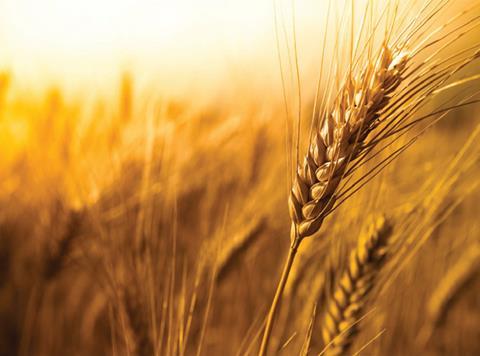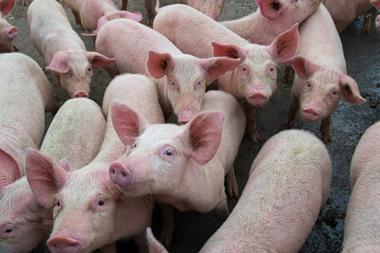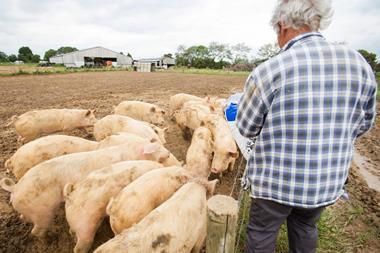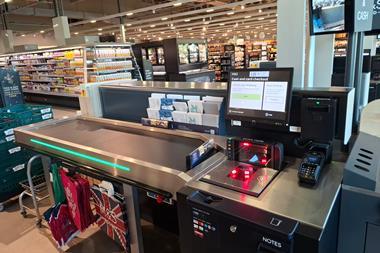
British wheat exports are on track for a bumper year, according to AHDB, which has forecasted 500,000 tonnes of the grain will be sold overseas this year – more than double 2021 volumes.
Exports so far from June to January were already up 60% on the same period the year before, with the trend set to continue due to price differences of around £25 per tonne between London and Paris futures.
This was “a sign of export competitiveness”, said AHDB, which also pointed to “anecdotal” signs Britain’s wheat was faring well on international markets.
The rise in exports came on the back of what the levy board said was “a rebound in production” domestically, citing government estimates of a jump of around 4.3 million tonnes in 2021 compared with the year before, when wheat yields plummeted to 40-year lows due to poor growing conditions.
However, overall supply remained “tight”, AHDB said, with the UK’s imports down 26% between July and January measured against the same period in 2020/21, and the use of more home-grown wheat by flour millers likely to increase as a result.
Global wheat markets have been rocked by the invasion by Russia – the world’s biggest wheat grower – of Ukraine, a top-five producer known as “Europe’s breadbasket”. Before the war, the two countries together accounted for around a third of global wheat exports.
It comes as the Food & Agriculture Organisation of the UN said last Friday the conflict “raises concerns on whether crops will be harvested and products exported” from Ukraine.
A month after Russian tanks and troops crossed the frontier, there also remained “much uncertainty” about Russia’s exports due to “sales difficulties that may arise as a result of economic sanctions imposed on the country”.
The FAO warned even if smaller wheat-growing countries can increase supply in the short term, the overall losses to world markets caused by the removal of a substantial chunk of Russian and Ukrainian wheat could “only be partially compensated by alternative sources” due to “high production and input costs”.


















